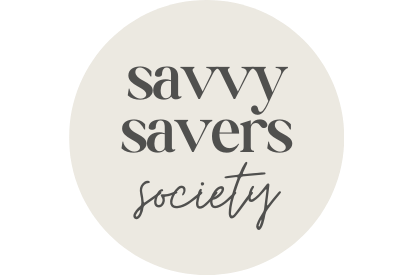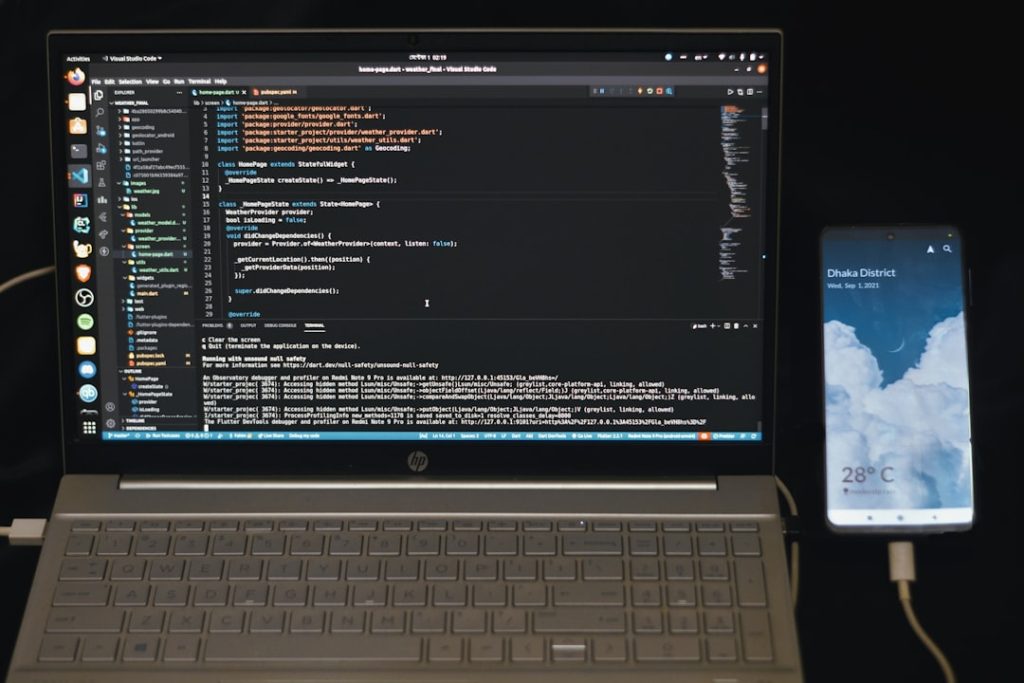In today’s dynamic economy, the concept of a side hustle has gained significant traction, especially among freelancers. A side hustle refers to any work or project that you engage in outside of your primary job, often pursued to supplement your income or explore your passions. For freelancers, who often face income variability and uncertainty, a side hustle can serve as a financial safety net.
It allows you to diversify your income streams, reducing the risk associated with relying solely on one source of revenue.
Moreover, a side hustle can provide you with an opportunity to explore new skills and interests that may not be directly related to your primary freelance work.
This exploration can lead to personal growth and professional development, enhancing your overall marketability. By engaging in a side hustle, you can also build a portfolio of diverse experiences that can attract new clients and projects in your freelance career. In essence, a side hustle is not just a means to earn extra money; it is a pathway to greater financial stability and personal fulfillment.
Key Takeaways
- Side hustles provide additional income and opportunities for freelancers
- Choose a side hustle that aligns with your skills and interests
- Balance your time effectively between freelance work and side hustle
- Market your side hustle to attract clients and customers
- Maximize your side hustle income for financial stability
Identifying the Right Side Hustle for Your Skills and Interests
Finding the right side hustle requires introspection and an understanding of your unique skills and interests. Start by assessing what you enjoy doing in your free time or what skills you possess that could be monetized. For instance, if you have a knack for graphic design, consider offering your services on platforms like Fiverr or Upwork.
The key is to align your side hustle with your passions and expertise, ensuring that it feels less like work and more like an enjoyable endeavor. Additionally, think about the market demand for the skills you possess.
Research trends in your industry and identify gaps where your talents could fill a need. This could involve exploring niche markets or emerging fields that are gaining traction. By choosing a side hustle that not only excites you but also has potential demand, you increase your chances of success.
Remember, the right side hustle should complement your freelance work rather than overwhelm you, allowing you to maintain a sense of balance in your professional life.
Time Management: Balancing Your Side Hustle with Freelance Work
Effective time management is crucial when juggling a side hustle alongside your freelance commitments. You may find yourself stretched thin if you don’t establish clear boundaries and schedules. Start by creating a structured timetable that allocates specific hours for both your freelance work and side hustle.
This will help you stay organized and ensure that neither area suffers due to neglect. Utilize tools like calendars or project management apps to keep track of deadlines and tasks, allowing you to visualize your workload and prioritize accordingly. It’s also essential to recognize your peak productivity times.
Some people work best in the morning, while others may find their stride later in the day. Identify when you are most focused and allocate those hours for your most demanding tasks, whether they are freelance projects or side hustle activities. Additionally, don’t hesitate to set aside time for breaks and self-care; maintaining your well-being is vital for sustaining productivity in both areas of work.
Marketing Your Side Hustle: Tips for Attracting Clients and Customers
| Marketing Strategy | Effectiveness |
|---|---|
| Social Media Marketing | High |
| Email Marketing | Medium |
| Content Marketing | High |
| Networking Events | Low |
Once you’ve established your side hustle, the next step is effectively marketing it to attract clients and customers. Start by leveraging social media platforms to showcase your work and connect with potential clients. Create engaging content that highlights your skills and expertise, whether through posts, videos, or live demonstrations.
Building an online presence can significantly enhance your visibility and credibility in the market. Networking is another powerful tool for marketing your side hustle. Attend industry events, workshops, or online webinars where you can meet like-minded individuals and potential clients.
Don’t hesitate to share your side hustle with your existing freelance network; word-of-mouth referrals can be incredibly effective in generating new business opportunities. Additionally, consider creating a website or portfolio that showcases your work, making it easier for potential clients to understand what you offer and how they can benefit from your services.
Financial Management: Maximizing Your Side Hustle Income
Managing the finances of your side hustle is essential for maximizing its income potential. Start by setting clear financial goals for what you want to achieve with this additional income stream. Whether it’s saving for a vacation, paying off debt, or investing in further education, having specific targets will help guide your efforts.
Keep track of all income and expenses related to your side hustle using accounting software or spreadsheets; this will provide you with a clear picture of profitability. Additionally, consider pricing strategies that reflect the value of your services while remaining competitive in the market. Research what others in your field charge for similar services and adjust your rates accordingly.
Don’t undervalue yourself; remember that the skills and expertise you bring to the table are worth paying for. As your side hustle grows, reinvest some of the profits back into it—whether through marketing efforts or upgrading tools and resources—to ensure continued success.
Building a Sustainable Side Hustle: Long-Term Strategies for Success
Creating a sustainable side hustle requires strategic planning and foresight. Start by setting long-term goals that outline where you want to see your side hustle in the next few years. This could involve expanding your service offerings, increasing your client base, or even transitioning it into a full-time venture if that aligns with your aspirations.
Having a clear vision will help guide your decisions and keep you motivated during challenging times. Moreover, continuously seek feedback from clients and customers to improve your services. Engaging with your audience can provide valuable insights into what works well and what areas need enhancement.
Additionally, stay informed about industry trends and adapt accordingly; being flexible and open to change will help ensure that your side hustle remains relevant in an ever-evolving market.
Networking and Collaboration: Leveraging Your Freelance Network for Side Hustle Opportunities
Your existing freelance network can be an invaluable resource when it comes to growing your side hustle. Reach out to fellow freelancers who may have complementary skills or services; collaborating on projects can lead to mutually beneficial opportunities. For instance, if you’re a freelance writer, partnering with a graphic designer can enhance the quality of content you produce together, making both of your offerings more appealing to clients.
Networking doesn’t just stop at collaboration; it also involves sharing knowledge and resources within your community. Attend local meetups or online forums where freelancers gather to exchange ideas and experiences. By building relationships within this network, you can gain insights into potential side hustle opportunities that may arise from referrals or partnerships.
Remember that collaboration often leads to innovation; working with others can spark new ideas that elevate both your freelance work and side hustle.
Avoiding Burnout: Self-Care and Boundaries for Freelancers with Side Hustles
As rewarding as freelancing and side hustles can be, they also come with their own set of challenges that can lead to burnout if not managed properly. It’s crucial to prioritize self-care amidst the demands of juggling multiple responsibilities. Establish boundaries between work and personal life; designate specific hours for work-related tasks and stick to them as much as possible.
This will help create a sense of balance and prevent work from encroaching on your personal time. Incorporate self-care practices into your routine—whether through exercise, meditation, or hobbies that bring you joy. Taking regular breaks throughout the day can also enhance productivity and creativity when returning to work tasks.
Remember that rest is not a luxury; it’s a necessity for maintaining long-term success in both freelancing and side hustles. By prioritizing self-care and setting clear boundaries, you’ll be better equipped to handle the demands of both worlds without sacrificing your well-being. In conclusion, navigating the world of freelancing while managing a side hustle requires careful planning, effective time management, and a commitment to self-care.
By understanding what a side hustle entails, identifying opportunities aligned with your skills, marketing effectively, managing finances wisely, building sustainability strategies, leveraging networks, and prioritizing well-being, you can create a fulfilling professional life that thrives on multiple fronts. Embrace the journey ahead with confidence; the rewards of balancing freelancing with a successful side hustle are well worth the effort.
FAQs
What is a side hustle for freelancers?
A side hustle for freelancers refers to any additional work or projects that freelancers take on in addition to their primary freelancing work. This can include part-time jobs, freelance gigs, or any other type of work that brings in extra income.
Why do freelancers pursue side hustles?
Freelancers pursue side hustles for a variety of reasons, including the desire to increase their income, gain new skills and experiences, diversify their portfolio, and mitigate the risks associated with freelancing, such as inconsistent work and income.
What are some examples of side hustles for freelancers?
Some examples of side hustles for freelancers include teaching online courses, offering consulting services, writing e-books, creating and selling digital products, providing virtual assistant services, and participating in the gig economy through platforms like Uber or TaskRabbit.
How can freelancers manage their time effectively when pursuing a side hustle?
Freelancers can manage their time effectively when pursuing a side hustle by setting clear priorities, establishing a schedule, delegating tasks when possible, and utilizing time management tools and techniques. It’s important for freelancers to strike a balance between their primary freelancing work and their side hustle to avoid burnout.
What are the potential benefits of having a side hustle for freelancers?
The potential benefits of having a side hustle for freelancers include increased income, expanded professional network, diversified skill set, enhanced creativity, and the opportunity to explore new passions and interests. Additionally, a side hustle can provide freelancers with a safety net during slow periods in their primary freelancing work.

